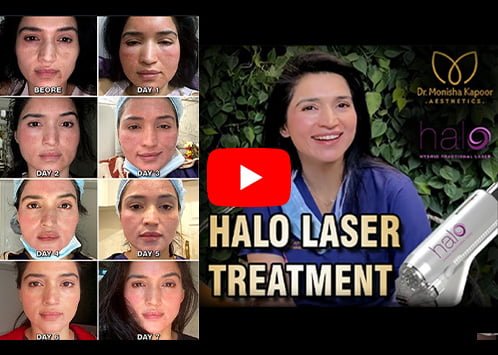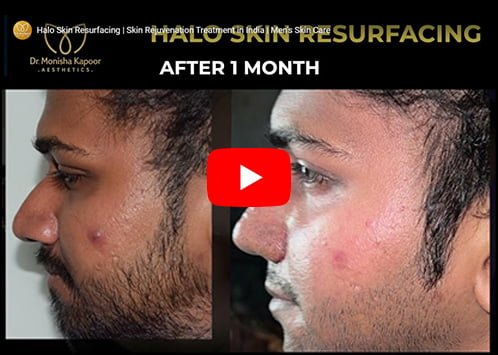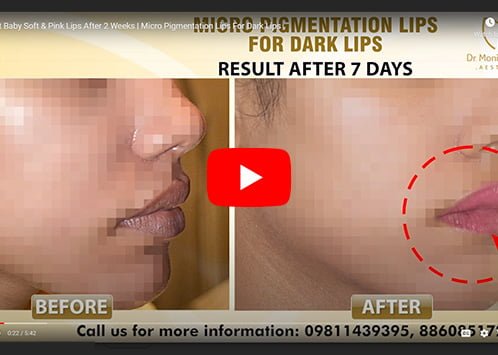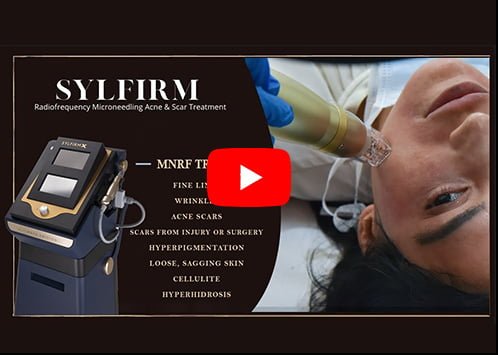What is PRP?
Doctor’s suggest PRP to treat androgenetic alopecia.
To understand how PRP works, it is important to be aware of the role that platelets, present in blood, play in healing.
Platelets are a component of blood, along with red and white blood cells. When a person sustains a cut or wound, the platelets are some of the body’s “first responders” that arrive to stop the bleeding and promote healing.
Researchers theorized that if they could extract concentrated platelets and inject them into damaged areas of the body, they could accelerate healing.
To produce PRP, a medical professional will take a blood sample and put it into a machine called a centrifuge. This machine spins at a rapid rate, which separates the components of the blood. The medical professional then extracts the platelets for injection.
PRP contains a range of growth factors that speed tissue repair. As some types of hair loss result from damage to hair follicles, researchers initially hypothesized that PRP could help regrow hair by reversing the process that occurs in androgenetic alopecia.
Since then, PRP has become a popular method of restoring hair growth.
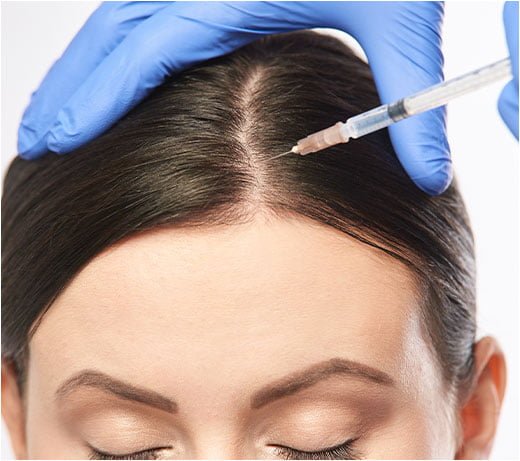
In 2019, a team of researchers carried out a systematic review of the research on PRP as a treatment for hair loss. They found that PRP reduced hair loss and increased the diameter of hairs and the density of hair growth.
Procedure
The following steps are an example of a common approach to PRP injections for hair loss:
- A medical professional draws blood from a vein in the arm.
- They place the blood sample in a centrifuge.
- The centrifuge spins the blood, separating its components.
- A medical professional extracts the platelets using a syringe.
- A doctor injects the platelets into targeted areas of the scalp
The entire process may take about 1 hour, and several sessions may be necessary. After receiving PRP treatment, a person can usually return to their regular activities without any limitations.
PRP is not a cure for conditions that cause hair loss. For this reason, a person would need to receive multiple PRP treatments over time to maintain hair growth results.


